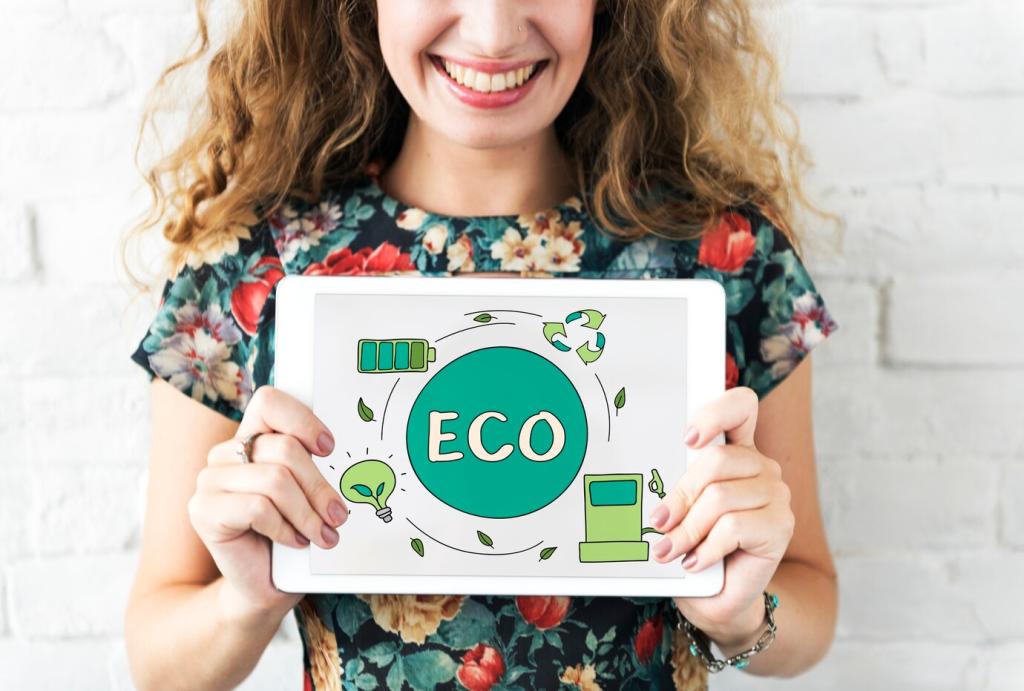On-Page Optimization for Story-Led Product Pages
Front-load materials, benefits, and certification terms customers search. For example: “Organic Cotton T-Shirt, GOTS Certified, Durable, Soft—Minimal Packaging.” Match the meta description to real differentiators and invite exploration with specific next steps.
On-Page Optimization for Story-Led Product Pages
Detail fiber sources, dye processes, microplastic considerations, and recycling or take-back options. Clarity reduces returns, boosts trust, and gives search engines semantically rich content aligned with sustainability queries.








